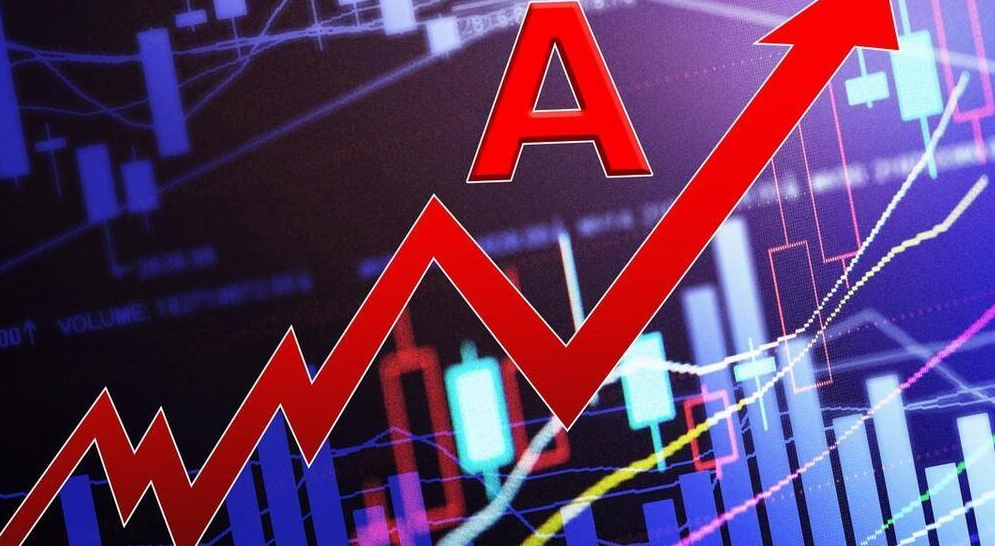- Market Forecast
- October 18, 2024
- Comments(384)
Interconnected Markets: HK Rally Sets the Stage for A-shares
Advertisements
The financial markets have recently experienced a notable surge, particularly in Hong Kong's stock market. Since the Labor Day holidays in mainland China saw a brief increase in trading volumes, the Hong Kong market has since sustained a continuous rise over the course of nine trading days. This phenomenon has left analysts and investors pondering whether the old adage "May sells fast" will hold true this year.
While some market participants express caution about potential short-term corrections in Hong Kong stocks, a more optimistic perspective prevails regarding the medium-term outlook. Contrary to the historical guidelines that suggest a sales dip in May, many believe the current market dynamics are markedly different. The influx of capital into Hong Kong’s market and a renewed investor focus signals a shift in sentiment compared to earlier in the year.
Notably, during the holiday trading period, Hong Kong stocks were devoid of southern capital flows. On May 2, a pronounced volume-driven increase saw the market jumping 2.5%, with a trading volume of HKD 115.9 billion. The next day, the market opened strong before slightly adjusting but still managed to rise another 1.48%, driving the Hang Seng Index to close at 18,604 points. These figures contrast sharply with the volumes witnessed on April 26 and 27, which reached highs of HKD 157.2 billion and HKD 163.4 billion respectively.
Independent stock commentator, Chan Chi-yung, highlighted that the market's recent breakout could be indicative of a broader trend. Despite the quick ascent, he believes that after a requisite adjustment period, the market could continue on an upward trajectory, primarily because investors are beginning to recognize Hong Kong equities as undervalued opportunities.
Interestingly, since late April, the Japanese yen has appreciated from around 159 to 153 against the dollar, yet Hong Kong stocks continued their upward trend, suggesting a decoupling from previous correlations. This shift is attributed to growing investor interest in the recovery potential of the Hong Kong market, with positive market sentiments fostering valuation recovery. The stocks witnessing the most growth since April 19 are from the internet, real estate, and healthcare sectors. This scenario indicates that valuation recovery is the critical underpinning of the recent price hikes in the market.
Current evaluations suggest that Hong Kong stocks present a competitive pricing opportunity within a broader “high-risk, high-reward” investment framework. However, as the market sentiment accelerates, the potential for quick oscillations and corrections looms on the horizon.

Recent meetings aimed at addressing macroeconomic stability have painted a more optimistic picture concerning economic growth. The discussions emphasized various strategies, including the acceleration of broad fiscal policies and synchronized monetary measures. The real estate sector, often a market bellwether, has seen significant gains, reflected in heightened expectations surrounding government policies. In light of favorable conditions for risk assets, it appears Chinese assets stand to benefit significantly.
As the A-shares prepare for their first trading session post-holiday on May 6, anticipation lingers regarding possible upward trajectories paralleling those seen in Hong Kong. The upbeat performance in Hong Kong stocks, along with rising index futures, suggests A-shares may open strong. Analysts are largely optimistic about a potential rally, driven by fresh capital inflows into both markets prompting synchronized growth.
Experts have pointed out that since 2021, Hong Kong stocks have endured a prolonged downturn, now boasting some of the lowest valuations globally. As expectations for U.S. interest rate hikes moderate, the potential for capital flows back into Hong Kong has become apparent. The increasing interconnectedness between the A and H-share markets underlines a growing appetite among investors focused on optimizing returns.
Recent meetings have set the tone for a strategy of maintaining upward momentum while avoiding tight monetary policies that could stifle recovery. A direct approach to macroeconomic measures involves effective implementation of established policies, with emphasis placed on long-term special government bonds and public debt instruments.
The environment for capital flow has witnessed a marked uptick since late April, characterized by substantial inflows into the northbound capital markets. The release of new policies and tightened IPO regulations further emphasizes a cautious yet promising outlook for liquidity in the market. On April 26, a record net inflow of HKD 22.4 billion into the northbound capital was marked, indicating renewed international interest in Chinese equities.
Amidst the backdrop of economic recovery, a thaw in geopolitical tensions has brought pressure on commodities like crude oil and gold. During the recent holiday, both commodities saw significant price declines, with gold futures dropping below USD 2,300 an ounce from a high of USD 2,449 per ounce earlier in April. Likewise, oil prices fell below USD 78 per barrel amid a broader risk-off mood.
Reports indicate that negotiations for a ceasefire between Hamas and Israel have progressed, as representatives from Hamas arrived in Cairo, contributing to a more stable geopolitical climate and driving down gold and oil prices. The easing of tensions combined with an oversupplied U.S. market further complicates the outlook for these commodities.
As economic indicators fluctuate and interest rates remain high, analysts suggest that oil prices could face downward pressure in the near term due to increased stockpiles revealed in U.S. inventory reports, which showed a surge not seen in nearly a year. The interplay of these factors is likely to shape market dynamics in the ongoing effort to strike a balance between risk and opportunity in the investing climate.